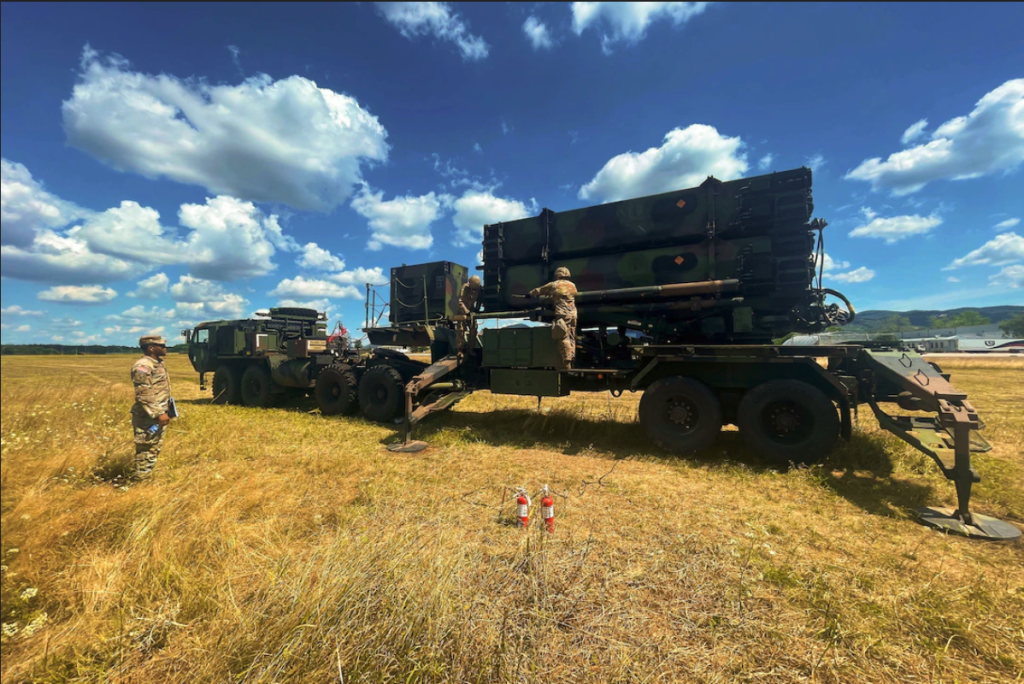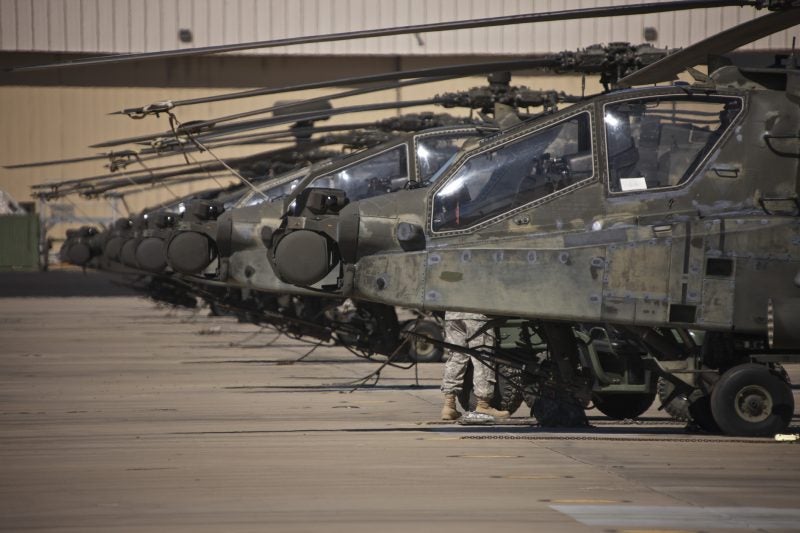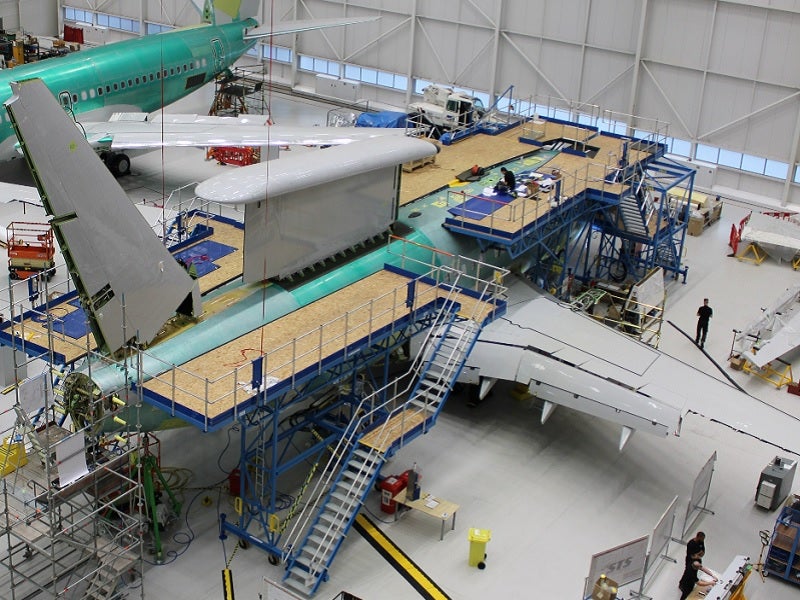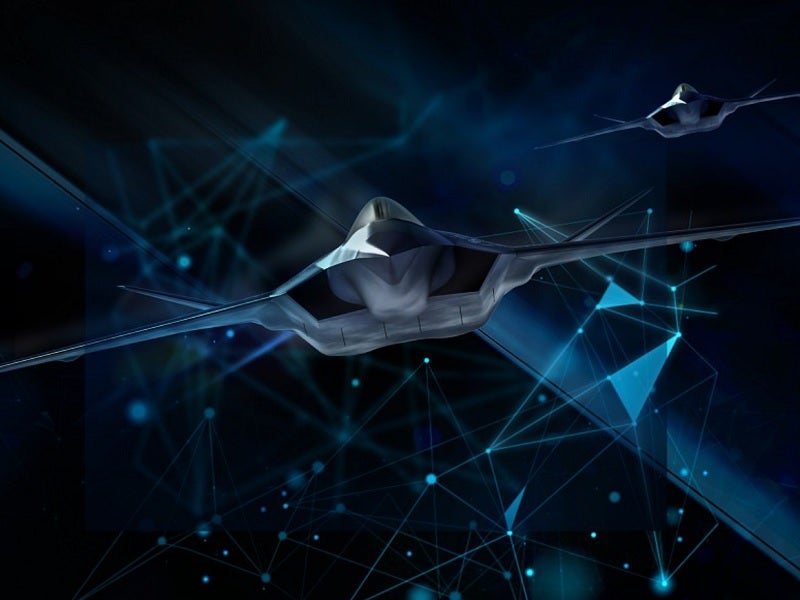
One of the main foundations of day-to-day operations of modern military forces is intelligence-driven decision-making, with signal intelligence (SIGINT) carrying much of the weight. SIGINT is the interception of signals for the purpose of gathering intelligence.
Notable efforts started during the first World War when the British began intercepting German radio communication to obtain strategic and tactical intelligence. Technology has evolved since, and currently, the US Air Force (USAF) mainly conducts SIGINT operations by crewed Lockheed Martin-produced U-2 Dragon Lady or RQ-4 Global Hawk uncrewed aircraft.
Part of electronic warfare (EW) relies on electric warfare support (ES), the effort that locates and identifies the sources of electromagnetic energy signals for decision-making purposes. Data obtained via ES can be used in synchrony with SIGINT intelligence to enhance operations.
The contest
Last month, Northrop Grumman and BAE Systems-Sierra Nevada (SNC) separately announced their contracts to provide prototype open-architecture SIGINT sensors for the USAF Global High-altitude Open-system Sensor Technology (GHOST) programme. The Air Force Life Cycle Management Center sensor division-led GHOST is working on providing aviators with the flexibility to fly different aircraft with a diverse range of sensors.
The first phase of the contracts is set to conclude after 12 months, sometime mid-2022, with the delivery of prototype sensor designs and an open architecture assessment conducted by the Air Force Research Laboratory’s Open Architecture Technology Lab.
Subsequently, the GHOST team will select one vendor to build flyable prototypes to continue driving the programme towards fielding the system.
The open standards-based hardware and software architecture design of the sensor enables it to be configured to fly on different kinds of aircraft, enhancing the USAF’s intelligence, surveillance and reconnaissance (ISR) capabilities. The sensor design also includes land-based components and can use different hardware and/or software depending on the mission.
UASF’s signals intelligence branch chief Jeremy Shock said in September: “We want common interfaces down to the ground to send common messages down so that they can easily be shared throughout the intel community.”
Under the contract, the BAE Systems-SNC team will “provide a sensor prototype that gives insight into adversaries’ actions by collecting and analysing electronic signals. It will exploit radio frequency (RF) spectrum, critical to battlefield superiority, to detect, identify, locate and track RF emissions,” BAE Systems said in a statement.
Adaptive sensors product line director at BAE Systems Amber Dolan says: “The conflict of the future requires distributed operations. The BAE Systems-SNC solution provides a common SIGINT architecture across any platform that the Air Force may need now or in the future. Our open systems architecture will allow the USAF to keep future systems relevant at speed and without vendor lock.”
Being independent of vendors will allow the USAF to update the GHOST system without third party intervention in case newer technology becomes accessible.
Dolan says the sensor they produce is scalable in size, weight and power, and can support many platforms due to its platform-agnostic nature.
She believes: “Open systems are the key to accelerating capability to the warfighter, keeping platforms relevant in the future. Our peer team brings the best technology and expertise from both companies together to provide a solution that is truly open and scalable.”
BAE Systems have decades long experience in developing and providing software-defined SIGINT capabilities and delivered 30 of its software reconfigurable SIGINT payload, called TSP, to the US Army. Software-defined refers to elements of the systems that were conventionally installed into hardware and are now being implemented in software.
“This architecture allows for more flexibility and rapid upgrades, driving down development timelines and costs. With this solution, the USAF will be able to integrate new third-party applications, improving capability quickly and at low costs,” Dolan explains.
The first configurations of the GHOST sensor will be attached under the aircraft in a pod.
The Northrop Grumman team will employ its space awareness and global exploitation technology to design and deliver the prototype with integrated airborne and ground components. The company has 45 years of SIGINT mission expertise and, like the BAE Systems produced sensor, Northrop’s design will be scalable and configurable with an open-architecture design.
The bid is a continuation of Northrop Grumman’s sensor work with the USAF. Last month, it demonstrated a simulated mission software update leveraging USAF’s DevSecOps Platform One, the enterprise engine behind modern software development in the Force.




